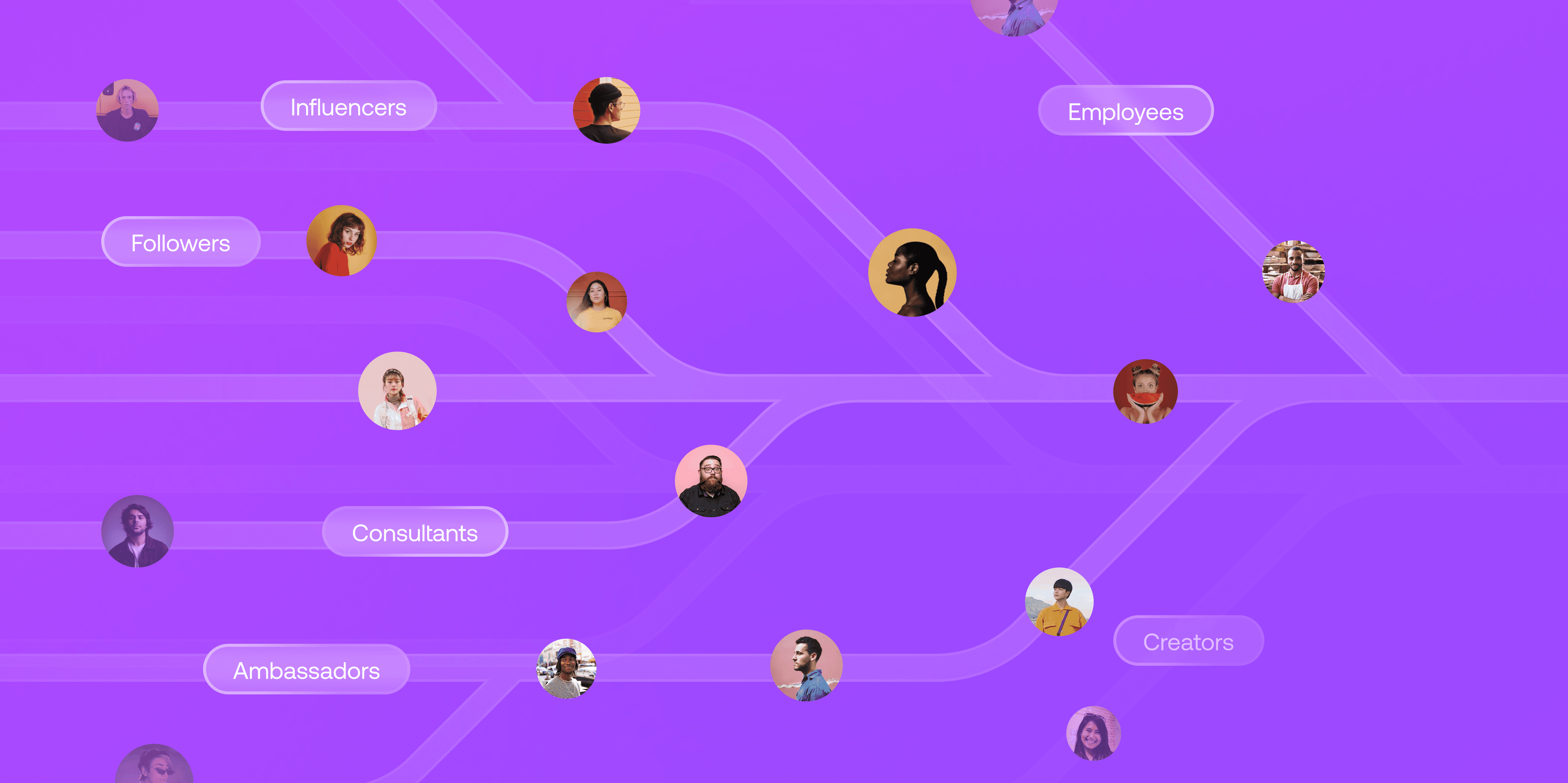
Streamlining UGC and influencer content for ecommerce brands
Jun 7, 2023
Make the most out of your content strategy by aligning influencer marketing and UGC

Jun 7, 2023
Make the most out of your content strategy by aligning influencer marketing and UGC